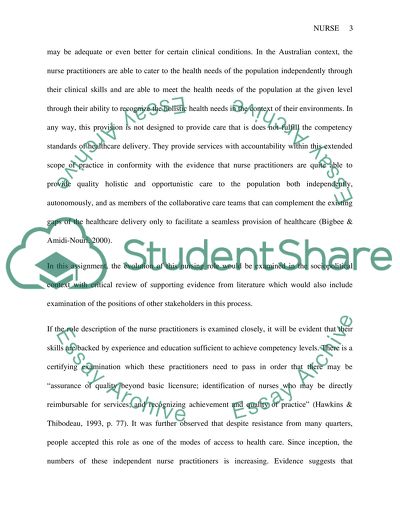Cite this document
(Nurse Practitioner: The Evolution of the Nursing Role Assignment, n.d.)
Nurse Practitioner: The Evolution of the Nursing Role Assignment. Retrieved from https://studentshare.org/nursing/1531520-nurse-practitioner
Nurse Practitioner: The Evolution of the Nursing Role Assignment. Retrieved from https://studentshare.org/nursing/1531520-nurse-practitioner
(Nurse Practitioner: The Evolution of the Nursing Role Assignment)
Nurse Practitioner: The Evolution of the Nursing Role Assignment. https://studentshare.org/nursing/1531520-nurse-practitioner.
Nurse Practitioner: The Evolution of the Nursing Role Assignment. https://studentshare.org/nursing/1531520-nurse-practitioner.
“Nurse Practitioner: The Evolution of the Nursing Role Assignment”. https://studentshare.org/nursing/1531520-nurse-practitioner.


